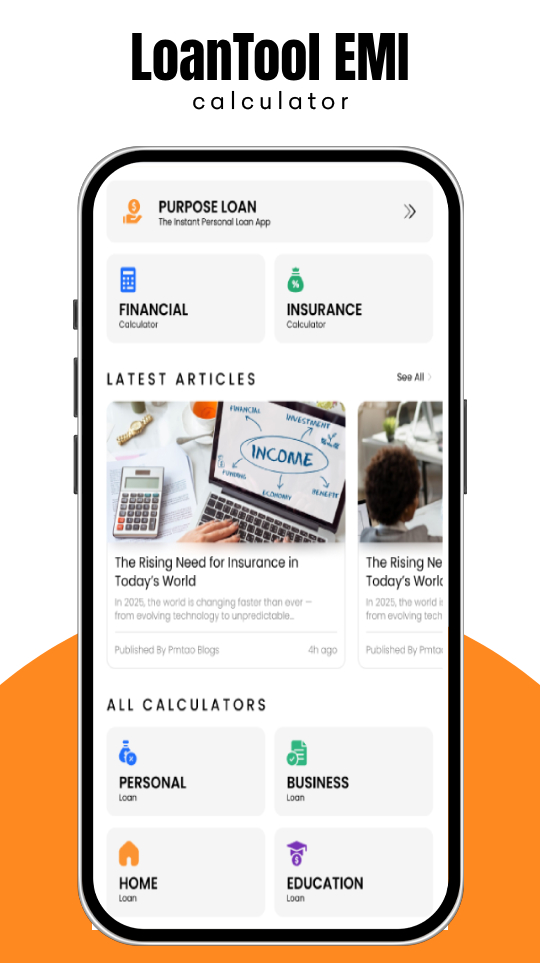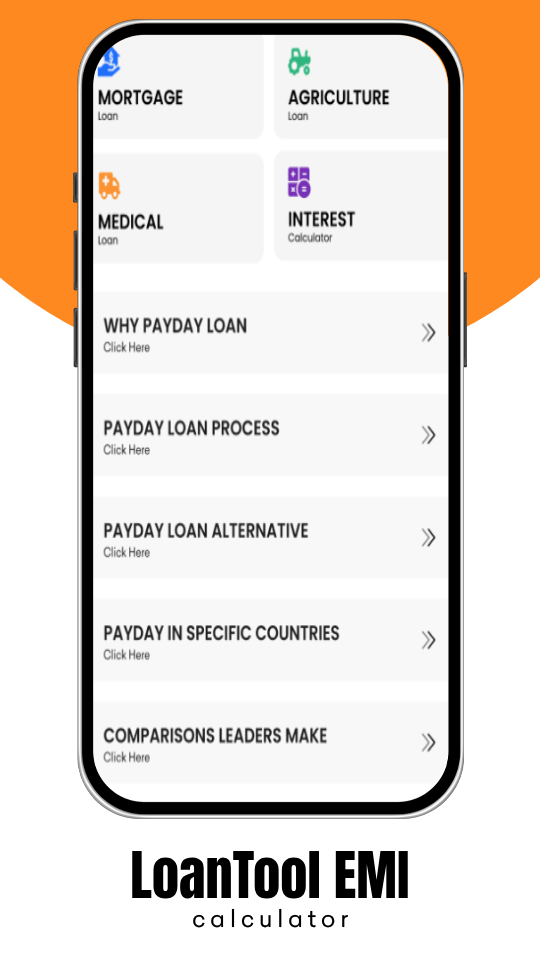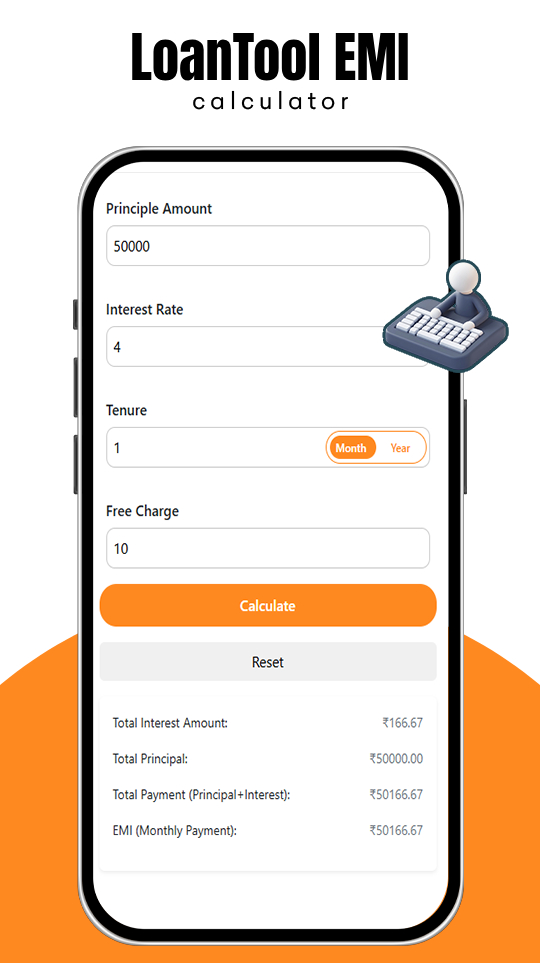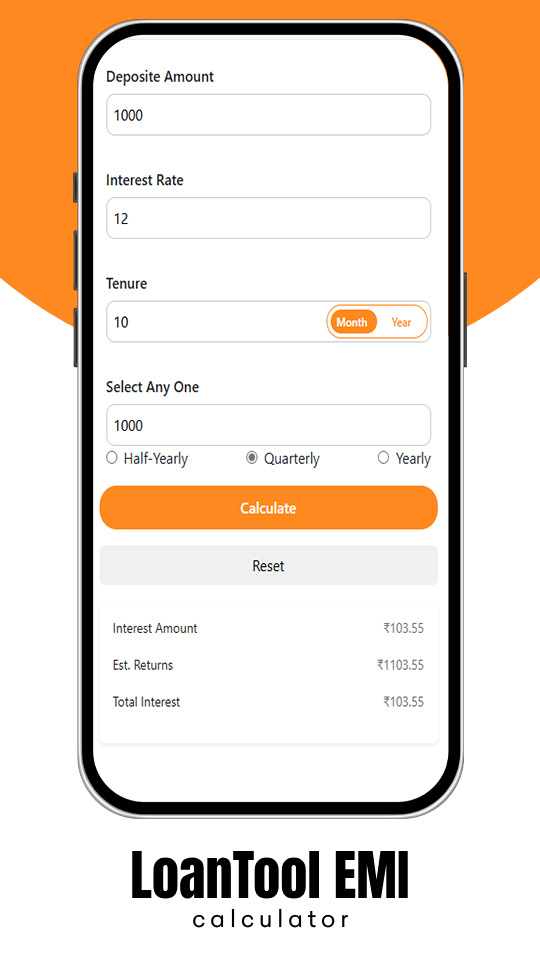About this app
EMI Calculator Loan App : Easy calculations for Home, Car, Bike & Personal Loans
Finance
Tools
Calculators
Data Safety
Safety starts with understanding how developers collect and share your data. Data privacy and security practices may vary based on your use, region, and age. The developer provided this information and may update it over time
 This App Share These data types with third party
This App Share These data types with third party
 This app may collect these data types
This app may collect these data types
 Data is encrypted in transit
Data is encrypted in transit
 You can request that data be deleted
You can request that data be deleted
See details
Rating And Review
Ratings and reviews are verified and from people who use the same type of device
that you use
4.7
4000
5
3k
4
200
3
150
2
50
1
100
This is my first time on this app,I think its one of the
best loan app ever. Because they are working for
the interest of their customers which is their priorit...
5 people find this helpful
Was this review helpful?
Yes
No
Ui interface is too good. Very simple and effective
app
17 people find this helpful
Was this review helpful?
Yes
No
The app is very useful and easy to use, and i have
been using it for a long time now. But the worst part
is that now there are too many full screen ads and ...
87 people find this helpful
Was this review helpful?
Yes
No
See All Review
 Website
Website
 Email
Email
contactus@emiloan.co
 Location
Location
144 Holululu Street, CT TUKAJOSI 2, #11-83(Lobby 1) Singapore 338729
 Privacy Policy
Privacy Policy
About the developer
HOLULULU DATA PTE. LTD.
contactus@emiloan.co
160 TUKAJOSI ROAD #123-09
Singapore 068914
+91 98181 80000

















